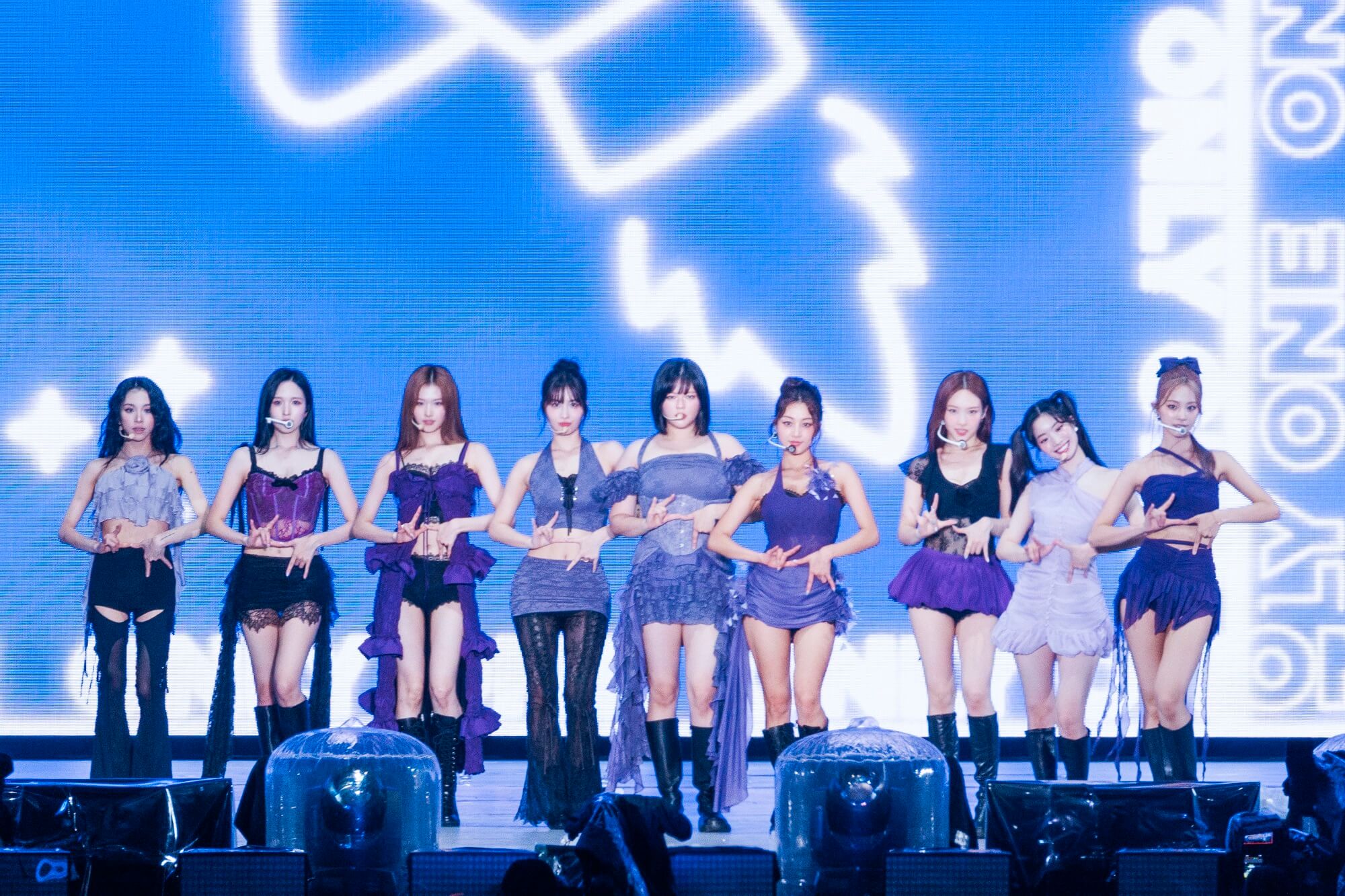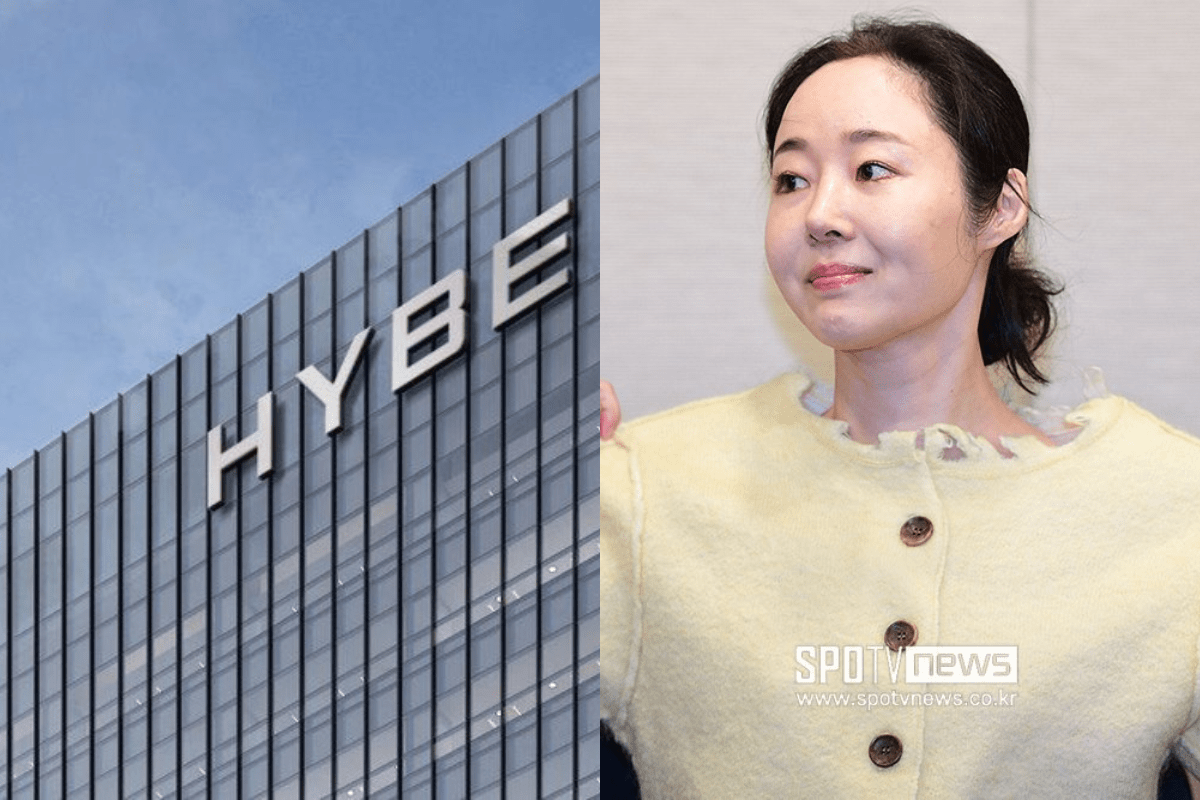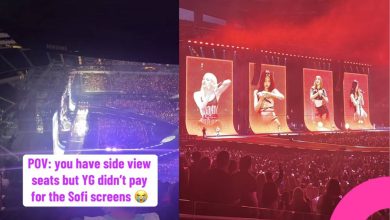
MR removed videos in K-pop were once a major talking point, fueling discussions about idols’ vocal skills. Although they’re not as popular as before, they can still be found across different platforms. But do they truly reveal live singing, or are they deceptive? Let’s explore the reality behind MR removed videos and their influence on the industry.
Table of contents
What Are MR Removed Videos?
MR removed videos are created by stripping away the instrumental track from a performance, isolating the vocals of K-pop idols. The idea is to reveal their raw singing ability and determine whether they truly sing live. Given the heavy use of lip-syncing and backing tracks in K-pop, fans often seek MR removed videos as a way to distinguish real live singing from pre-recorded vocals.

The Appeal of MR Removed Videos
The popularity of MR removed videos stems from the desire to hear authentic, unfiltered singing. K-pop is known for its high-energy performances, intricate choreography, and polished production. However, these factors often lead to extensive use of pre-recorded vocals to ensure stability in performances. Fans turn to MR removed videos as a way to assess an idol’s true vocal skills, making them a powerful tool for both praise and criticism.
The Problems with MR Removed Videos
While MR removed videos seem like a great way to evaluate live singing, they come with several issues:
Misleading Results
Many idols perform with a mix of live vocals and pre-recorded tracks. Removing the instrumental doesn’t necessarily leave only their real-time singing; instead, it often exposes these pre-recorded layers. This means fans might believe they are hearing live vocals when, in reality, they are listening to a mix of pre-recorded elements.
Distorted Sound Quality
The process of removing the instrumental track often affects the natural acoustics of the recording. This can make vocals sound unnatural, muffled, or even distorted, giving a false impression of an idol’s singing ability. Some videos make idols sound like they are singing underwater, which is far from how they would sound in a real live performance.

Unrealistic Expectations
By consuming inaccurate MR removed videos, fans may develop unrealistic expectations of what live singing should sound like. Even top-tier vocalists may struggle with pitch, breath control, or fatigue during high-energy performances. Expecting flawless vocals in every situation disregards the challenges of live singing while dancing.
Unreliable for Vocal Analysis
Despite their widespread use, MR removed videos are not a reliable tool for vocal evaluation. They fail to capture key elements like breath support, resonance, and live microphone techniques. Professional vocal coaches and experts rely on full, unaltered performances rather than artificially modified videos.

If you truly want to evaluate an idol’s live singing, there are more reliable methods than MR removed videos. Acapella performances from radio shows, fan meetings, and encore stages offer raw vocal showcases, while live concert footage provides a more authentic look at idols singing without the constraints of broadcast perfection. Paying attention to breathing sounds and mic handling can also help distinguish real-time vocals from pre-recorded tracks.
While MR removed videos can be fun to watch, they often mislead fans and spark unnecessary controversy. Rather than relying on them, fans should turn to more accurate sources to appreciate their favorite idols’ vocal abilities.





